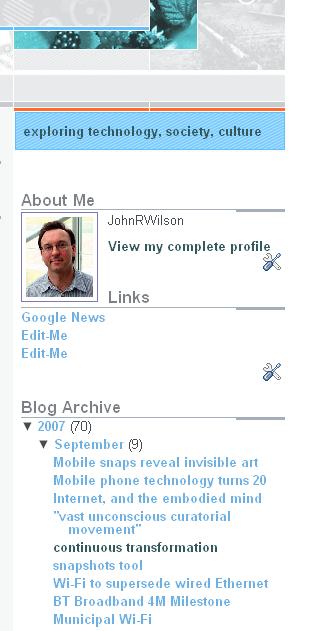Global mobile phone connections hit 2.5bn
Emerging markets spark growth
The total number of mobile connections in the world reached 2.5bn on Thursday, having passed the two billion mark just 12 months ago.
That's according to estimates from Wireless Intelligence, a body set up by research firm Ovum and the GSM Association.
"The cellular industry took 20 years to reach one billion connections, three years to reach two billion connections and is on target to reach its third billion in a period of just over two years," Wireless Intelligence director Martin Garner said.
"Worldwide growth is currently running at over 40m new connections per month - the highest volume of growth the market has ever seen," he added.
According to Garner, most of the current growth is coming from emerging markets with low levels of penetration, rather than from mature regions such as Europe.
The top 10 countries for volume of new connections over the last year were China, India, Russia, USA, Pakistan, Ukraine, Brazil, Indonesia, Nigeria and Bangladesh. Between them, they account for over half of the growth in the world mobile market over the last 12 months.
A quarter of the growth is coming from China and India. Wireless Intelligence said China's market is still expanding at more than five million new connections per month. India, meanwhile, has seen the rate of new connections quadruple over the last 18 months to reach a level very close to China's.
According to the latest figures, over the four quarters to the end of September 2006, a total of 484m net additions were added to the worldwide total with 41 per cent of new connections coming from Asia Pacific. Eastern Europe and Latin America together accounted for 30 per cent of the growth, while Africa was responsible for 10 per cent of new connections.
In addition, Western Europe, North America, and the Middle East, all regions with relatively mature markets, accounted for 20 per cent of new mobile connections.
It should be noted that the total number of connections differs from the actual number of mobile users. This is because some individuals own a number of handsets, while others have mobiles that are inactive but may still be registered on operators' databases. Nonetheless, the latest figures indicate that mobile ownership is becoming commonplace around the world, no more so than in Ireland where over four million mobiles are in circulation, equivalent to at least one mobile per person.
According to Wireless Intelligence forecasts, the next half billion new connections will take around 16 months to be added, meaning the market is on track to reach a whopping three billion connections around the end of 2007.


